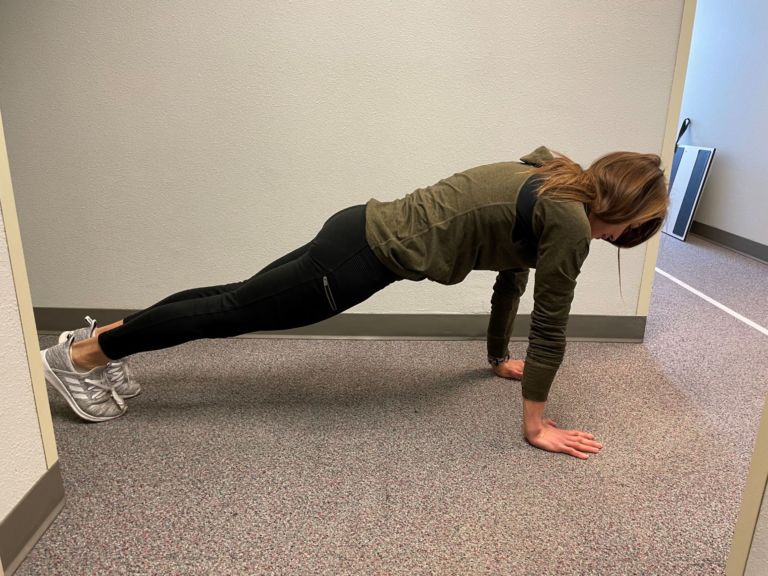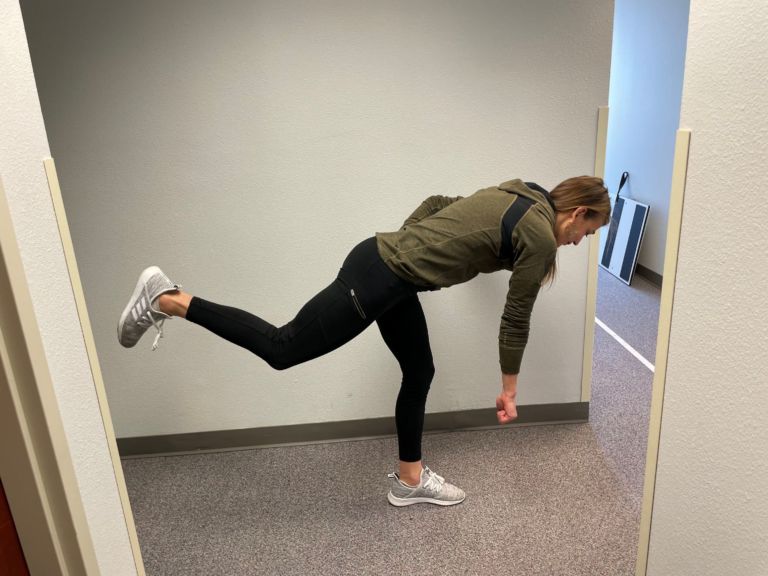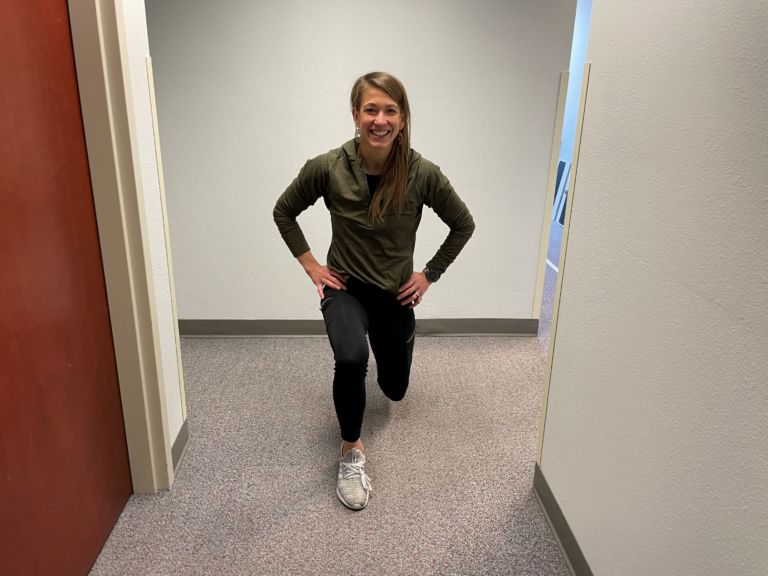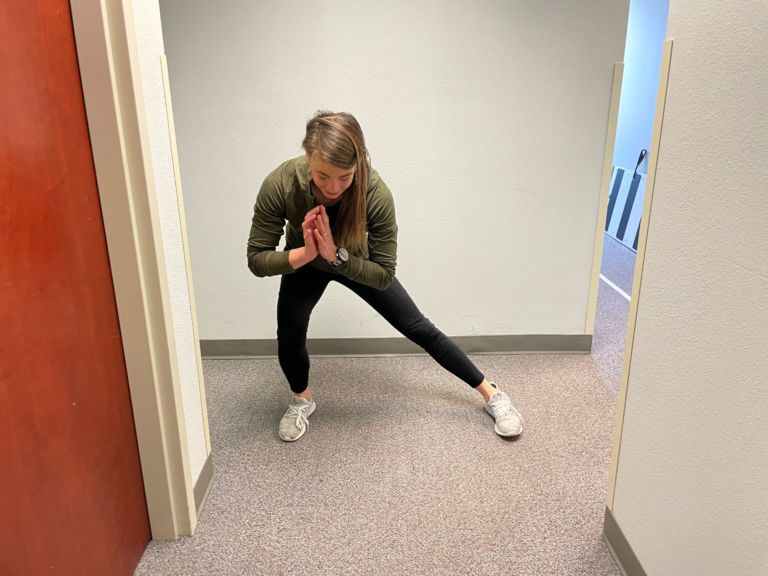Should I include strength training exercises when starting a new running program?
This is a very common question among runners and patients and the short answer is yes. The long answer is, yes, but strength training will look different for each athlete depending on their own personal goals as well as experience and fitness level. A lot of people, especially novice athletes, have a misconception of what strength training means. Many imagine strength training means an hour or more in a gym lifting heavy weights among sweaty, grunting people. For someone who is just starting a running program, strength training may be as simple as 15 or 20 minutes 3x/week of basic bodyweight exercises. Incorporating this type of resistance training can help you prevent injury and become a better runner.
Knee pain is one of the most common conditions we as physical therapists see in beginning runners. The glute and hip muscles are key to preventing knee pain, as the pelvis is really where our stability comes from. The outer hip muscles are particularly important for promoting good knee and ankle alignment during running. As we all know, most of us spend far too much time sitting or driving, so it is not surprising that most people are imbalanced in this area. Tight hip flexors and quadriceps plus weak glutes and hamstrings create a muscle imbalance which can contribute to poor running form and lead to injury.
In addition to focusing on strength and flexibility in the lower body, runners should also work on their upper body to counteract all the time spent on screens. While there are ways to ensure proper ergonomics while working or playing on a computer or other device, incorporating a stretching routine into your day is an ideal way to improve your posture, which can greatly affect the quality of your running.
The longer we are out there running, the more we need our back, core and shoulder muscles for maintaining posture as we fatigue.

While there is no conclusive evidence that strength training alone can increase a person’s V02 max (the maximum amount of oxygen you can utilize during intense exercise such as running) or their running economy (the ability to use less oxygen at a given pace), the physiological changes that strength training drives do have a positive impact on running performance.
In order to initiate these beneficial physiological changes, which allow your body to tolerate increased load and stress, you must subject yourself to increased load and stress. The resulting increase in muscle strength and correction of muscle imbalances can improve your efficiency and your body’s overall ability to work through challenging activities such as running.
For beginner runners, starting a program with body–weight or resistance-band strength training can be very simple. Begin by performing each of these exercises 2-3 times per week.
For more advanced runners who are looking to start a new training program that targets more aggressive goals, such as hitting a faster pace in a 5k or tackling a trail race with multiple hills, the training program will look different. If done right, strength training can be very beneficial in reaching these goals, too.
The key in these instances would be creating a program specific to the type of race and individual goals.
If a runner wants to run a shorter race at a faster pace, they are going to need to up their speed workouts. Additionally, when training for this type of race, a runner would benefit from a program involving more power-based moves – focusing on fewer reps with heavier weights – as well as plyometrics, in order to train their muscles for speed.
To train for a hilly trail course, a runner may want to incorporate more single-leg exercises to promote balance, as well as more lateral movements to prepare for the obstacles that can come up on trail run.
All runners, regardless of goals, can benefit from strength training. There are other tips you should consider when starting a new running program.
-
Dynamic Warm-Ups
A few dynamic moves prior to running and/or weightlifting can go a long way. -
Repetitions
Many programs suggest the basic 3 sets of 8-10 reps of each move, which is plenty when you are just starting out. Be sure to rest for 30-60 seconds between sets. -
Weight
While most people can gain strength with body-weight activities, if you feel you need more of a challenge you can slowly increase resistance by adding resistance bands or hand weights/dumbbells. To determine the optimal weight, aim for the last 2-3 reps of each set being hard enough to really feel your muscles working. -
Stretching
post-run soreness can be combatted by ending an outing with a static stretching routine. If you find yourself facing Delayed Onset Muscle Soreness, an ice bath, active rest, light stretching and massage can help you get back out there.
The bottom line is, yes – strength training should be incorporated in your running program, but it should always be specific to your level and your individual goals. And yes, even though you are working your legs out while you run, you still need to strength train your legs!
Get Started Today
Strength training can improve many aspects of your running, including your power, speed, endurance and balance. It’s also an excellent way to avoid injury. If you’re having difficulty due to pain or discomfort, a physical therapist can work with you to create a customized training plan and help identify any injuries or musculoskeletal deficits that need to be addressed. Your goals matter, we are here to help you reach them.









